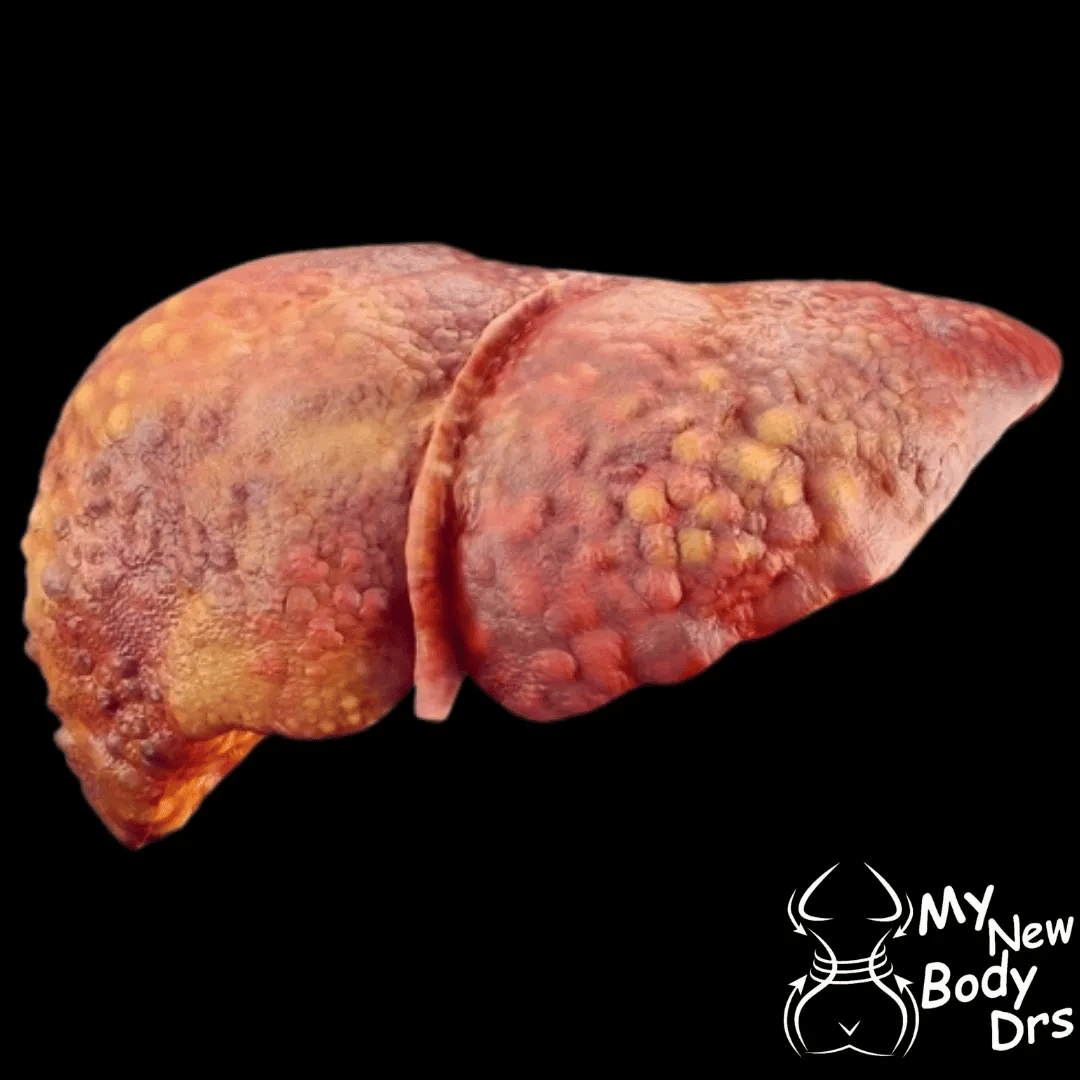
There is no doubt that obesity is a risk to the health of the person who suffers from it, it hinders the correct functioning of a person’s internal organs, but what is obesity? The World Health Organization (WHO) defines overweight and obesity as an excessive accumulation of fat that poses a health risk. Fat itself is a natural energy reserve of human beings that we share with the rest of the mammals, but, in excess, it is harmful.
Obesity has reached epidemic figures worldwide, and at this time it is estimated that at least 2.8 million people die each year as a result of it.

Obesity is clearly and directly related to a large number of pathologies. It is the cause of cardiovascular diseases (hypertension, diabetes, myocardial infarction, stroke …) and, in addition, it can intervene in the development of others such as cancer, sleep apnea, infertility, osteoarthritis, or fatty liver. Recently, we know that patients admitted to the hospital for COVID19 have a worse prognosis (greater probability of admission to the intensive care unit or death) in the case of being obese.
Experts often turn to BMI to determine if a person is overweight.
Starting at 25.0, the higher your BMI, the greater your risk for obesity-related health problems. These BMI ranges are used to describe levels of risk:
Overweight (not obese), if the BMI is 25.0 to 29.9
Class 1 obesity (low risk), if the BMI is 30 to 34.9
Class 2 obesity (moderate risk), if the BMI is 35 to 39.9
Class 3 obesity (high risk), if the BMI is equal to or greater than 40
Other factors such as age, ethnicity, menopause, sociocultural level, psychological factors, inadequate night’s rest, or taking certain drugs can influence and condition our weight.
In a small percentage of cases, excess weight has its origin in some type of genetic, metabolic, or hormonal alteration (for example, hypothyroidism, polycystic ovary, Cushing’s syndrome, etc.). In these cases, obesity would be a consequence of any of these processes and we would speak of secondary obesity.
If the proportion of fat is greater in the region of the hips than at the abdominal level, we speak of Gynecoid (also known as «pear» because of the shape it gives the body). It is more frequent in women, with an important genetic or inheritance factor, and that is related to diseases such as osteoporosis or venous insufficiency.
If the proportion of fatty tissue is higher at the abdominal level about the hips, we are talking about Android (or «apple-shaped»). This is more frequent in men, is associated with poor health habits, and is clearly related to a higher cardiovascular risk.
High dietary obesity is another type of obesity that is located especially in the belly, giving it around and a disproportionate appearance. Symptoms: excess heat and a feeling of bloating and sleepiness after each meal.
Symptoms: excessive coldness in the buttocks and a generally slight sensation of swelling after eating food.
It begins in childhood and puberty, taking hold in pregnancies, hormonal imbalances, gynecological interventions, and when menopause arrives.
It develops in times of greatest anxiety and stress or in depressive stages and appears in accelerated outbreaks. It is common to occur as a psychosomatic reaction during childhood.
Symptoms: fatigue and exhaustion, a special desire to ingest high doses of sugar between meals, and, above all, a belly swelling from the moment we take the first bite of food.
There is a progressive accumulation of fat, which will accelerate in case we do not put effective solutions. Symptoms: drowsiness and excessive increase in body heat, after eating food.
Fat has a dense appearance and produces a sensation of excessive heat in the area. It is vitally important to activate the body and perform daily physical exercise, being more effective if it is controlled by a specialist.
Symptoms: the disappearance of satiety in meals and other psychosomatic manifestations.
To reduce and solve this type of obesity, it is necessary to combine surgical medical treatments, nutritionists, and qualified psychologists.
Symptoms: the disappearance of satiety in meals and other psychosomatic manifestations.
To reduce and solve this type of obesity, it is necessary to combine surgical medical treatments, nutritionists, and qualified psychologists.
